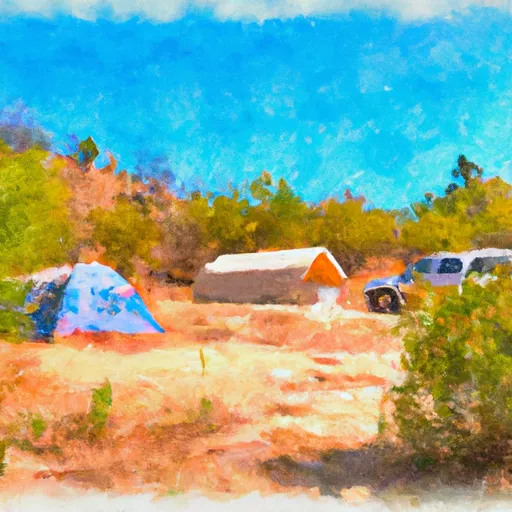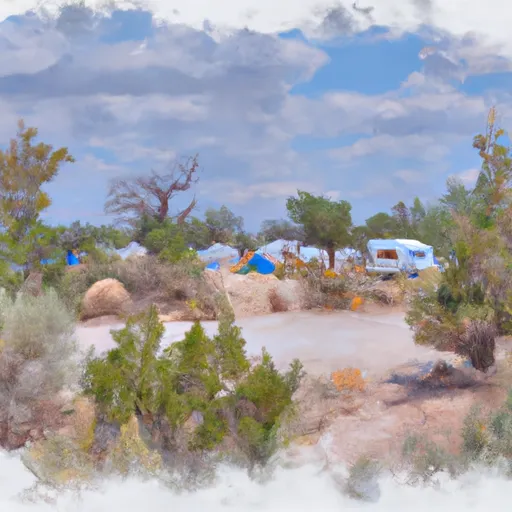Saguaro National Park
Rate this placeLast Updated: December 28, 2025
Saguaro National Park, located in the state of Arizona, is a remarkable destination offering breathtaking views, unique flora and fauna, and a glimpse into the rich cultural heritage of the region.
°F
°F
mph
Wind
%
Humidity
Summary
Here is a summary of the park's highlights based on information verified across multiple independent sources.
Reasons to Visit:
1. Scenic Beauty: Saguaro National Park encompasses two distinct districts, the Tucson Mountain District (west) and the Rincon Mountain District (east). Both districts boast stunning desert landscapes adorned with iconic saguaro cacti, rugged mountains, and vast expanses of open space.
2. Hiking and Outdoor Activities: The park offers numerous trails catering to all skill levels, providing visitors the opportunity to explore the Sonoran Desert up close. From short nature walks to challenging hikes, there are options available for everyone to enjoy the unique desert ecosystem.
3. Biodiversity: Saguaro National Park is home to an array of diverse plant and animal species. In addition to the iconic saguaro cactus, visitors may encounter barrel cacti, ocotillo, and various desert wildlife, including Gila monsters, desert tortoises, coyotes, and a wide variety of bird species.
4. Cultural Significance: The park also showcases the rich cultural heritage of the Sonoran Desert. Visitors can explore ancient petroglyphs left by indigenous peoples, learn about the park's history at the visitor centers, and attend ranger-led programs to gain a deeper understanding of the region's cultural significance.
Points of Interest:
1. Cactus Forest Loop Drive: This scenic drive takes visitors through the heart of the Rincon Mountain District, providing an opportunity to witness the vastness of the saguaro forest and enjoy stunning panoramic views.
2. Signal Hill Trail: Located in the Tucson Mountain District, this short hike leads to a hilltop adorned with ancient petroglyphs, offering a glimpse into the history and artistry of Native American cultures.
3. Desert Discovery Nature Trail: This accessible trail in the Tucson Mountain District allows visitors to learn about desert plants, wildlife, and geology through informative exhibits along the path.
Interesting Facts:
1. Saguaro National Park was established as a national monument in 1933 and designated as a national park in 1994 to protect and preserve the unique Sonoran Desert ecosystem.
2. The park spans over 91,000 acres (36,961 hectares) and protects one of the largest concentrations of saguaro cacti in the world.
3. The saguaro cactus, a symbol of the American West, can grow up to 60 feet (18 meters) tall and live for over 150 years.
4. Saguaro National Park is located within the traditional lands of the Tohono O'odham Nation, and visitors can learn about their rich cultural traditions and history.
Best Time to Visit:
The best time to visit Saguaro National Park is during the spring (March to May) and fall (September to November) when the temperatures are milder, typically ranging from 70-85°F (21-29°C). Winters can be pleasant during the day but chilly at night, while summers can be extremely hot, with temperatures exceeding 100°F (38°C). It's advisable to check the park's website or consult with park rangers for the most up-to-date information on weather conditions and any closures.
Please note that while efforts have been made to provide accurate information, it is always recommended to verify details from official sources or the park's website before planning a visit to Saguaro National Park.
Weather Forecast
Park & Land Designation Reference
Large protected natural areas managed by the federal government to preserve significant landscapes, ecosystems, and cultural resources; recreation is allowed but conservation is the priority.
State Park
Public natural or recreational areas managed by a state government, typically smaller than national parks and focused on regional natural features, recreation, and education.
Local Park
Community-level parks managed by cities or counties, emphasizing recreation, playgrounds, sports, and green space close to populated areas.
Wilderness Area
The highest level of land protection in the U.S.; designated areas where nature is left essentially untouched, with no roads, structures, or motorized access permitted.
National Recreation Area
Areas set aside primarily for outdoor recreation (boating, hiking, fishing), often around reservoirs, rivers, or scenic landscapes; may allow more development.
National Conservation Area (BLM)
BLM-managed areas with special ecological, cultural, or scientific value; more protection than typical BLM land but less strict than Wilderness Areas.
State Forest
State-managed forests focused on habitat, watershed, recreation, and sustainable timber harvest.
National Forest
Federally managed lands focused on multiple use—recreation, wildlife habitat, watershed protection, and resource extraction (like timber)—unlike the stricter protections of national parks.
Wilderness
A protected area set aside to conserve specific resources—such as wildlife, habitats, or scientific features—with regulations varying widely depending on the managing agency and purpose.
Bureau of Land Management (BLM) Land
Vast federal lands managed for mixed use—recreation, grazing, mining, conservation—with fewer restrictions than national parks or forests.
Related References
Area Campgrounds
| Location | Reservations | Toilets |
|---|---|---|
 Happy Valley Campground
Happy Valley Campground
|
||
 Grass Shack Spring Campground
Grass Shack Spring Campground
|
||
 Juniper Basin Campground
Juniper Basin Campground
|
||
 Manning Campground
Manning Campground
|
||
 Manning Camp
Manning Camp
|
||
 Spud Rock Campground
Spud Rock Campground
|

 Wilderness Saguaro
Wilderness Saguaro
 Rincon Mountain Wilderness
Rincon Mountain Wilderness
 Colossal Cave Mountain Park
Colossal Cave Mountain Park
 Ivan's Spot
Ivan's Spot